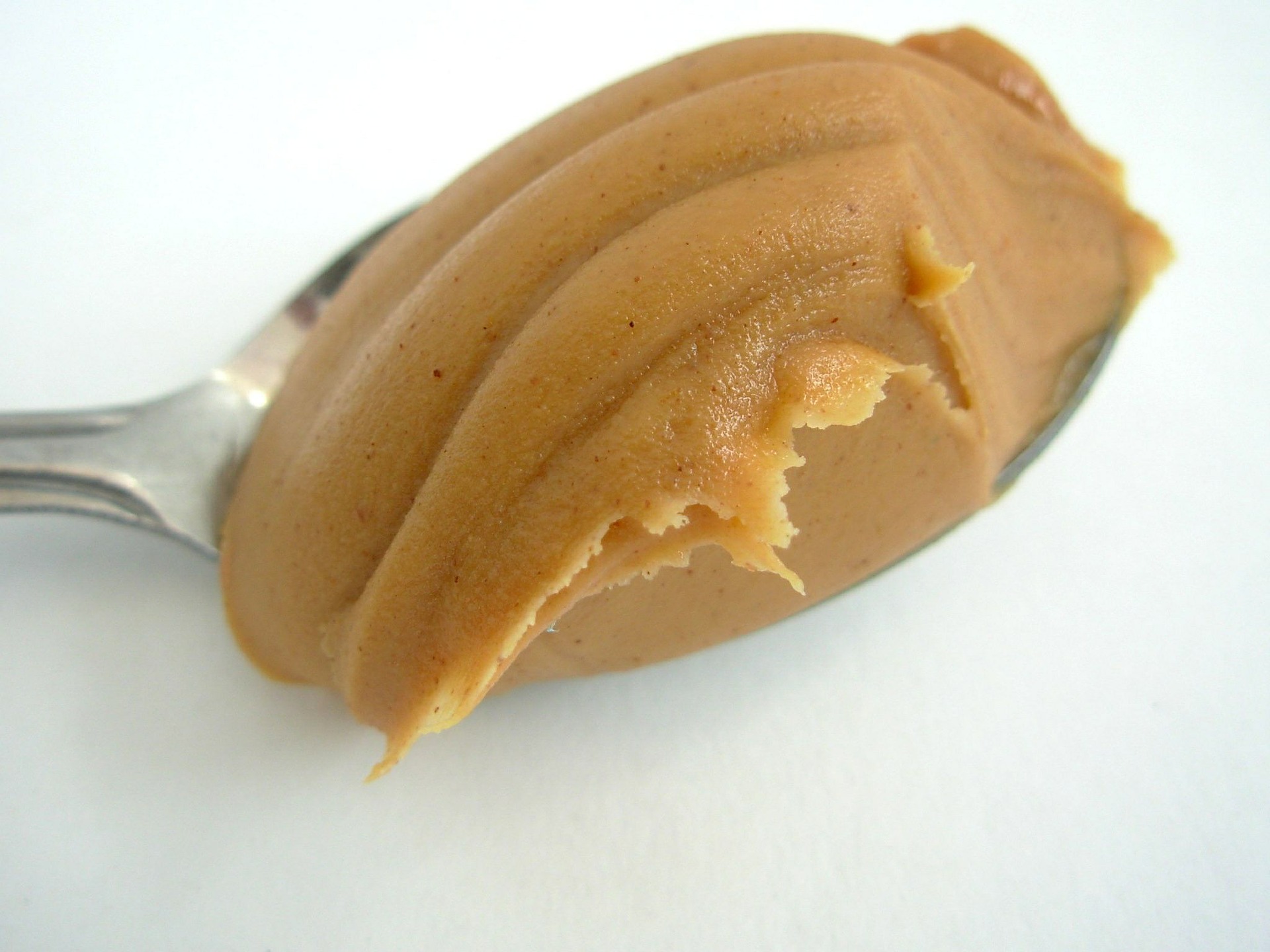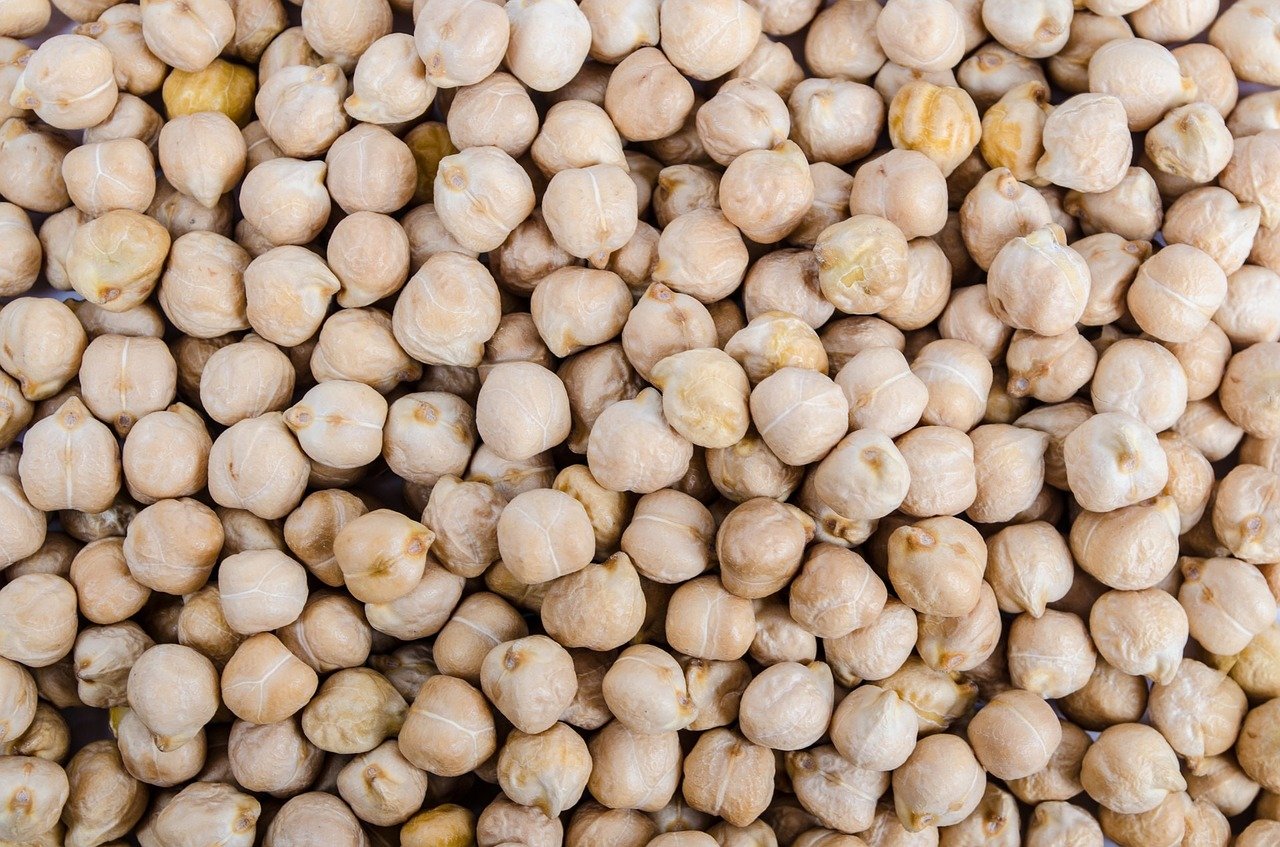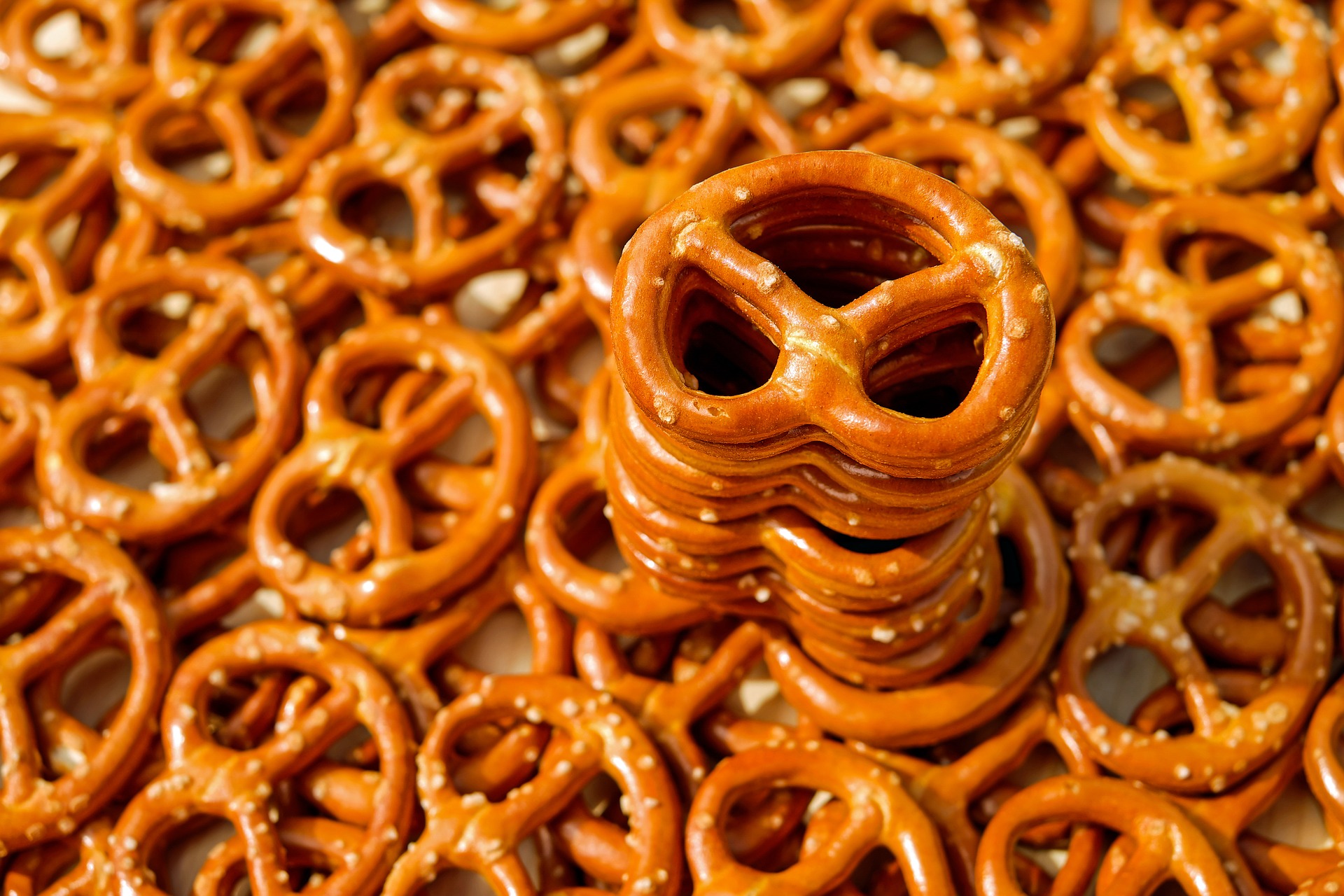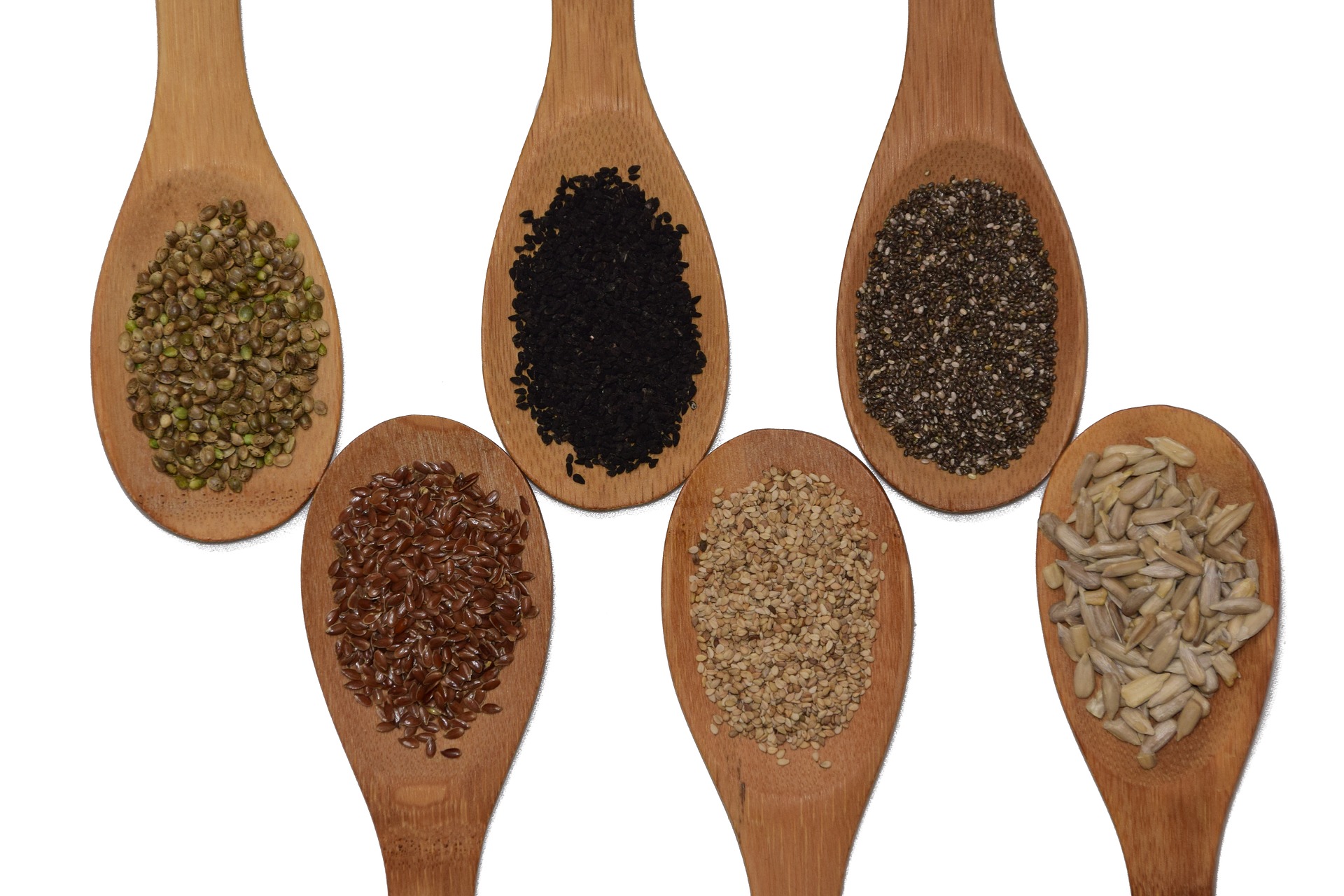Peanut allergies (also known as tree nut allergies) are a consistent medical concern for more than 3 million Americans, with more than 1.8 million of them being children.
As a parent of small children, the amount of times I’ve had to sign waivers and read warnings regarding peanuts in everyday foods is more than for anything else, including flammables! Peanuts can be dangerous and deadly for many, and need to be used with care.
As children with peanut and tree nut allergies grow into adults it’s important to provide alternatives to popular foods containing nuts. Not being able to savour a peanut butter sandwich or marinated chicken breast would be terrible for many people who otherwise enjoy a range of delicious cuisines.
If you wish to delve deeper into the causes and effects of peanut allergies, the clip below will provide valuable information.
The following article outlines alternatives to using peanuts in cooking. Adopting a suitable alternative could help you bring a favorite recipe back to life or try another you might not have considered before.
1. Nut Butter Replacements

I’m an Australian that loves vegemite. Others believe it’s the most horrible thing you can scrape onto a piece of toast. Yet peanut butter has always been my go to topping and failsafe sandwich option when hungry, spread thickly whether smooth or crunchy (I don’t use butter though, that’s weird).
I hate that some people don’t get to savor the simple satisfaction of a PB&J sandwich, or get to throw a couple of teaspoons of thick stuff into flavoring up a marinade or curry.
Check out this clip from Laura Fuentes, who does a great job introducing alternatives to utilizing peanut and nut butter spreads for school lunches.
2. Beans

As Bart Simpson likes to call them, ‘musical fruit’ makes a great replacement for peanuts in a lot of dishes.
Roasting navy beans, cannellini beans, soybeans or chickpeas can give them peanut taste and (arguably more importantly) texture, while providing crunchy ballast for a quality salad, stir fry garnish, or steak topper.
Another plus is you can camouflage the blandness of beans by mashing them into a paste and combining them with any variety of spice combinations. Beans are great for soaking in chili, garlic, or almost any herb.
3. Pretzels

If you want to replace the effect of chopped nuts – peanuts, cashews, almonds – throw in some pretzels, or even thick cut kettle cooked chips. Smash them up roughly and add them to a salad or use them when to help baste some chicken, and you’re good to go.
Baked pretzels are also particularly good deployed in desserts like chocolate clusters, as they provide the heft and visual impression of bulking your confection needs to excel. If you put those bad boys in, the absence of peanuts won’t matter.
4. Tahini

Tahini tastes like the sesame seeds it’s made from. It’s a Middle Eastern condiment made from toasted ground hulled sesame, that can be made easily or store bought.
Tahini has a savory, bitter, and nutty flavor profile. It’s often served by itself to augment dishes or as a major ingredient in foods such as hummus, baba ganoush, and halva.
It’s high in natural fat content with an oily consistency, but tastes absolutely brilliant when made into a sauce for Greek gyros, Mediterranean chicken, or as a tasty alternative to nut butters or peanuts.
Below is a great breakdown of the benefits of using tahini in recipes from a Ketogenic diet perspective.
5. Seeds

Using a variety of different types of seeds as an alternative to peanut butters is a killer way to replicate flavor and texture, but without a lot of the allergy risks.
Just make sure that you aren’t using other nuts, as those who have a peanut allergy are likely to struggle with other nuts too.
Sesame seeds, sunflower seeds, pepitas (pumpkin seeds), chia, kalonji and watermelon seeds can all be made into pastes and butters which mirror aspects of peanut butter. When baked or cooked, and added to stir fries and salads, seeds can act as an excellent alternative to nuts.
Conclusion
If you or a close family member suffers from a dangerous nut allergy, the above foods can be viable options to replace them in your diet and lifestyle, without having to cut peanut related foods from your diet all together.
Learning sensible cooking replacements improve your ability to work around allergies, and can be useful in your day to day lifestyle, but these are especially handy during those times you have extended family over or are attending parties where you aren’t sure what other people eat.













